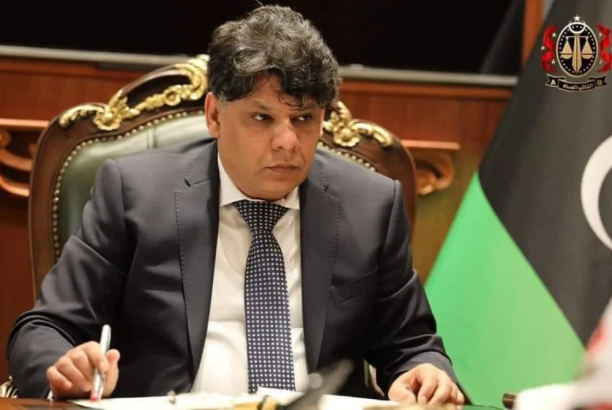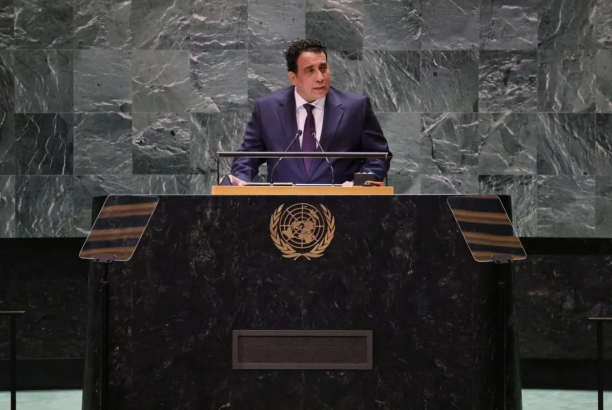Tripoli, which receives all of the nation’s oil revenue via the central bank, distributes the money unfairly and to the disadvantage of the historically marginalized east, stated Bloomberg News, an international news agency headquartered in New York.
Sarraj may now be in a position to attempt to restart the western fields of Sharara, Libya’s biggest, and El-Feel. But Haftar’s past actions suggest he won’t end his blockade of oil ports or allow other fields to open unless he gets a deal giving him a greater proportion of Libya’s energy receipts.
“There may be attempts to restart southwestern oil fields but sustained production is something else,” said Bill Farren-Price, a director at Canadian consultancy RS Energy Group. “The bulk of Libya’s oil production is likely to continue to be disrupted until there are signs that the political process is moving again. That will probably require better international engagement, which is absent right now.”
Libya’s exports, now just 90,000 barrels a day, stood at 1.2 million in late 2019. Sharara and El-Feel accounted for roughly 400,000 of those. If they came back onstream, it would offset a fraction of the output cuts by OPEC and its allies that have helped Brent crude prices soar 90% in the past month to around $37 a barrel.
Libya, which has Africa’s largest oil reserves, is exempt from those curbs. The country has been in disarray since a 2011 uprising that led to former leader Muammar Qaddafi’s ouster. Its crude output has never recovered to the level before then of 1.6 million barrels per day.




